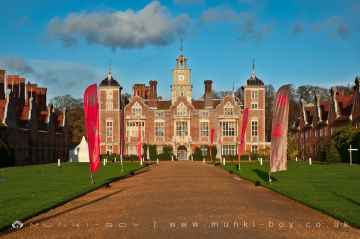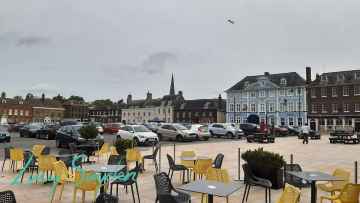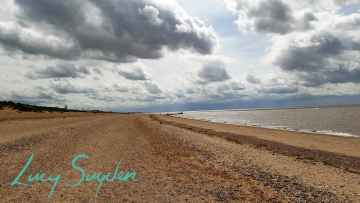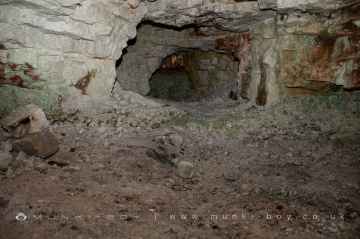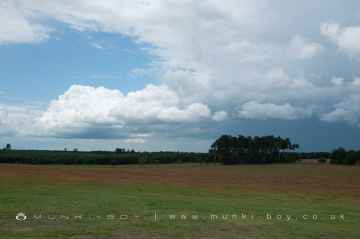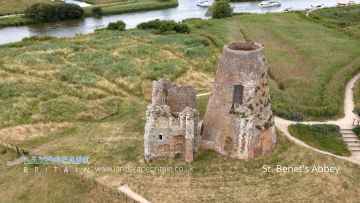Norwich
Norwich is a City in the county of Norfolk.
There are great places to visit near Norwich including some great historic buildings, towns, beaches, ancient sites, old mines, woodlands, country parks, airports and ruins.
Norwich's best nearby historic buildings can be found at Blickling Estate, Duke's Head Hotel, and Warehouse and Training Ship Vancouver in St Margaret's Lane.
King's Lynn, Thetford, Great Yarmouth, Hunstanton, and Wells-next-the-Sea are some of Norwich best towns to visit near Norwich.
Norwich is near some unmissable beaches like Heacham South Beach,
The area around Norwich's best ancient sites can be found at Grimes Graves.
Grimes Graves is one of Norwich's best, nearby old mines to visit in Norwich.
Woodlands to visit near Norwich include Thetford Forest Park.
The area around Norwich's best country parks can be found at Thetford Forest Park.
Norwich Airport is one of Norwich's best, nearby airports to visit in Norwich.
St Benet's Abbey is one of Norwich's best, nearby ruins to visit in Norwich.
Norwich History
There are some historic monuments around Norwich:
Places to stay near Norwich
Areas of Norwich
Like most towns and cities Norwich is comprised of a number of areas, once separate villages or small towns and parishes now part of Norwich.
Many of the areas of Norwich have their own character and places of interest.
Places to see near Norwich
History of Norwich
Norwich Castle was founded soon after the Norman Conquest. The Domesday Book records that 98 Saxon homes were demolished to make way for the castle. The Normans established a new focus of settlement around the Castle and the area to the west of it: this became known as the “New” or “French” borough, centred on the Normans’ own market place which survives to the present day as Norwich Market. In 1096, Herbert de Losinga, Bishop of Thetford, began construction of Norwich Cathedral. The chief building material for the Cathedral was limestone, imported from Caen in Normandy. To transport the building stone to the site, a canal was cut from the river (from the site of present-day Pulls Ferry), all the way up to the east wall. Herbert de Losinga then moved his See there to what became the cathedral church for the Diocese of Norwich. The Bishop of Norwich still signs himself Norvic. Norwich received a royal charter from Henry II in 1158, and another one from Richard the Lionheart in 1194. Following a riot in the city in 1274, Norwich has the distinction of being the only complete English city to be excommunicated by the Pope. The first recorded presence of Jews in Norwich is 1134. In 1144, the Jews of Norwich were falsely accused of ritual murder after a boy (William of Norwich) was found dead with stab wounds. William acquired the status of martyr and was subsequently canonised. Pilgrims made offerings to a shrine at the Cathedral (largely finished by 1140) up to the 16th century, but the records suggest there were few of them. In 1174, Norwich was sacked by the Flemings. In February 1190, all the Jews of Norwich were massacred except for a few who found refuge in the castle. At the site of a medieval well, the bones of 17 individuals, including 11 children, were found in 2004 by workers preparing the ground for construction of a Norwich shopping centre. The remains were determined by forensic scientists to be most probably the remains of such murdered Jews, and a DNA expert determined that the victims were all related so that they most probably came from one Ashkenazi Jewish family. The study of these remains was featured in an episode of the BBC television documentary series History Cold Case. In 1216, the castle fell to Louis, Dauphin of France and Hildebrand’s Hospital was founded, followed ten years later by the Franciscan Friary and Dominican Friary. The Great Hospital dates from 1249 and the College of St Mary in the Field from 1250. In 1256, Whitefriars was founded. In 1266 the city was sacked by the “Disinherited”. It has the distinction of being the only English city ever to be excommunicated, following a riot between citizens and monks in 1274. As a penance, St Ethelbert’s Gate, one of the entrances to the cathedral priory, was constructed by Norwich citizens. In 1278 the Cathedral received final consecration. In 1290 the city flooded. Austin Friary was founded in that year.






